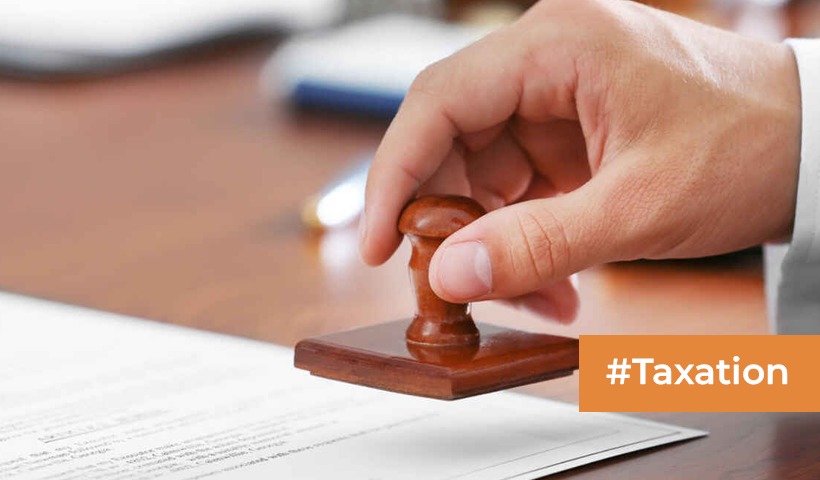All You Need to Know About Encumbrance Certificate
When you buy an asset, it’s critical to check whether there are any criminal issues associated with it. Whether you’re wondering how you can acquire access to this information as a customer, an Encumbrance Certificate (EC) will help you figure out if there are any expenses associated with the assets.
If an asset is purchased with the help of a loan or is pledged, the lender will attach a “Lien” or a price to it. This will ensure that the borrower/assets owner does not sell the assets until the debt is completely paid off.
An encumbrance certificate is a criminal report that may help you figure out whether there are any monetary or criminal charges against the assets.
What is the Purpose of an Encumbrance Certificate?
Before purchasing an object, make assured that it has a clear title. Obtaining an Encumbrance Certificate ensures that the assets you wish to purchase are free of such financial or criminal liabilities. If you misspell a price on the EC, it’s critical to correct it prior to completing a purchase. It will also aid you in determining whether there are any current owners who are legally entitled to claim the assets.
Aside from that, if you’re planning on getting a mortgage to buy a house, an EC is one of the documents you’ll have to provide to your lender.
Obtaining a “Encumbrance Certificate” for a property assures a client that the property is free of any financial or non-financial responsibilities, such as liens, large debts, and leases.
- The files are provided to get asset mutation (Khata Registration / Khata Transfer / Patta) done.
- The certificate is given to the Village / Panchayat Officer to amend the land tax records if the indicated assets or land tax has not been paid for more than 3 years.
- To use PF to acquire an asset, make a transaction, or build a home
Disclaimer: The views expressed above are for informational purposes only based on industry reports and related news stories. PropertyPistol does not guarantee the accuracy, completeness, or reliability of the information and shall not be held responsible for any action taken based on the published information.




